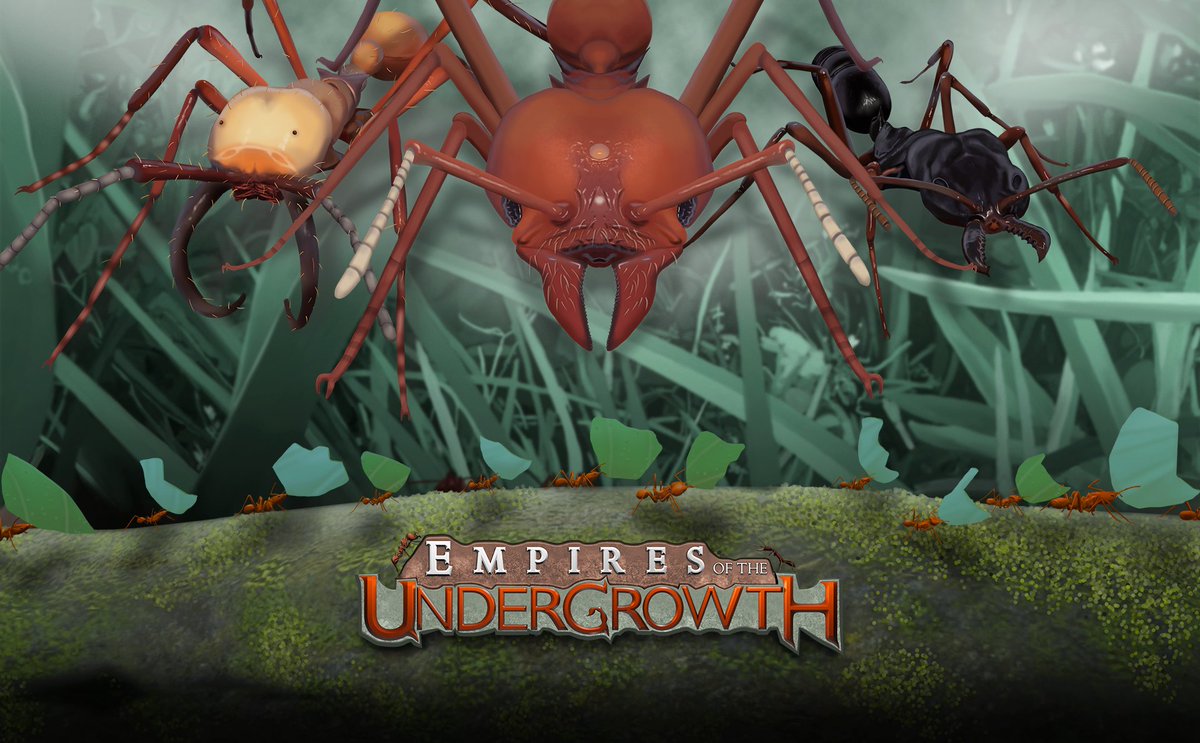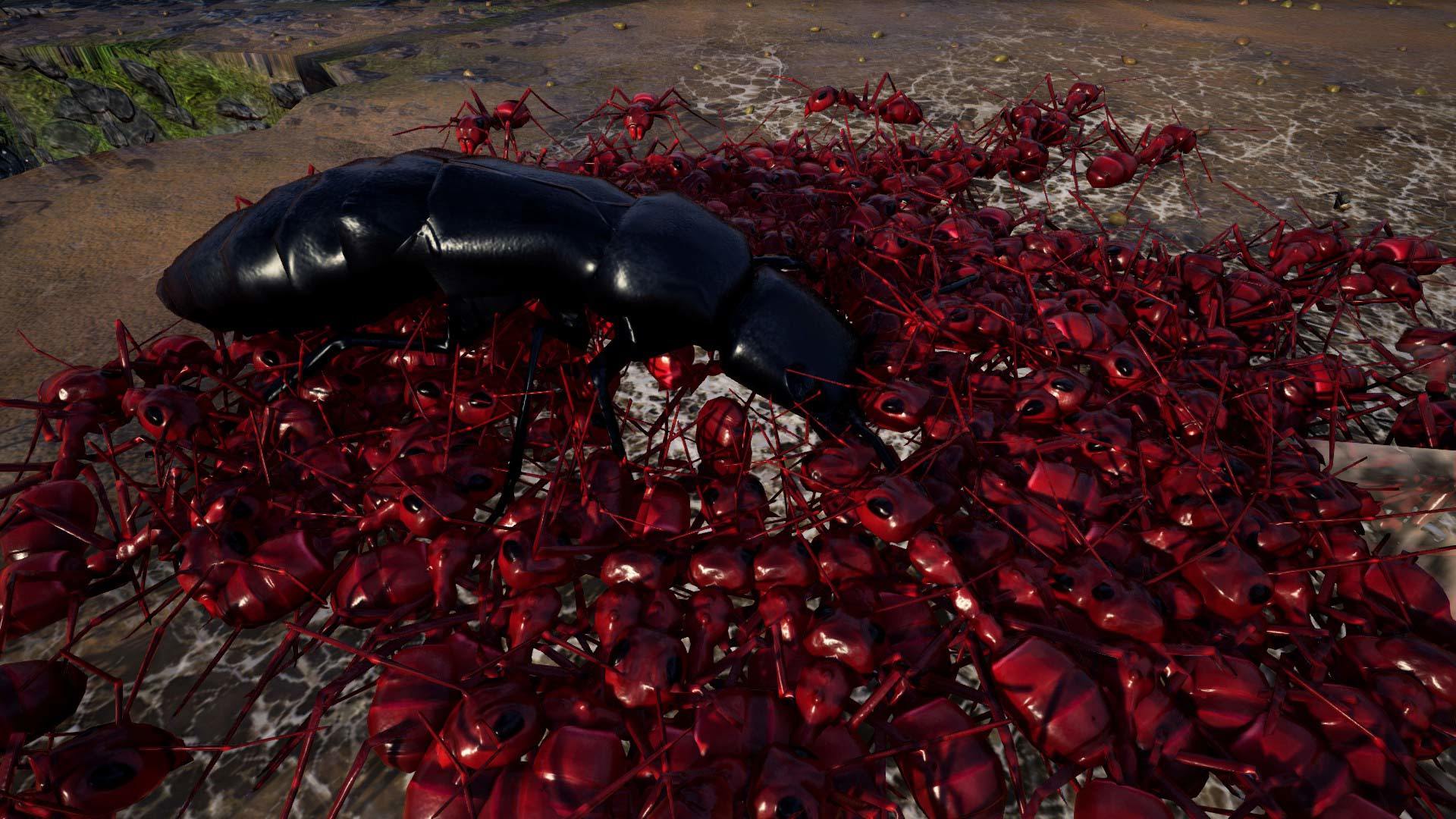

Once food is harvested, solar energy can be used to cook it. The general technique is the same today, although there have been many improvements to increase the variety and amount of crops grown. Constructed from translucent sheets of mica, a thin mineral, it was built for the Roman emperor Tiberius, who wanted to be able to eat cucumbers all year.

One of the earliest greenhouses dates to 30 C.E., before glass was even invented. By converting sunlight to heat, greenhouses make it possible to grow plants out of season and in climates that may not be suited for them. The greenhouse is another early solar development. Today, computer programs make applications easier and more precise. Other aspects include using selective shading and choosing building materials with thermal mass, meaning they store heat, such as stone and concrete.

These are elements of solar architecture.

They used windows and skylights for the same reason, as well as to allow for air circulation. Early civilizations around the world positioned buildings to face south to gather heat and light. This surplus of food allowed for denser populations and structured societies. Drying food using sun and wind prevented crops from spoiling. Solar techniques, such as crop rotation, increased harvests. Developed about 10,000 years ago, agriculture had a key role in the rise of civilization. Solar energy is essential to agriculture-cultivating land, producing crops, and raising livestock. While people have not been around that long, they have been using solar energy in a variety of ways for thousands of years. Solar energy has existed as long as the sun-about five billion years. There would be no winds, ocean currents, or clouds to transport water. Without heat from the sun, Earth would freeze. Animals, including humans, need plants for food and the oxygen they produce. It radiates light and heat, or solar energy, which makes it possible for life to exist on Earth. Even at a distance of 150 million kilometers (93 million miles), its gravitational pull holds the planet in orbit.


 0 kommentar(er)
0 kommentar(er)
